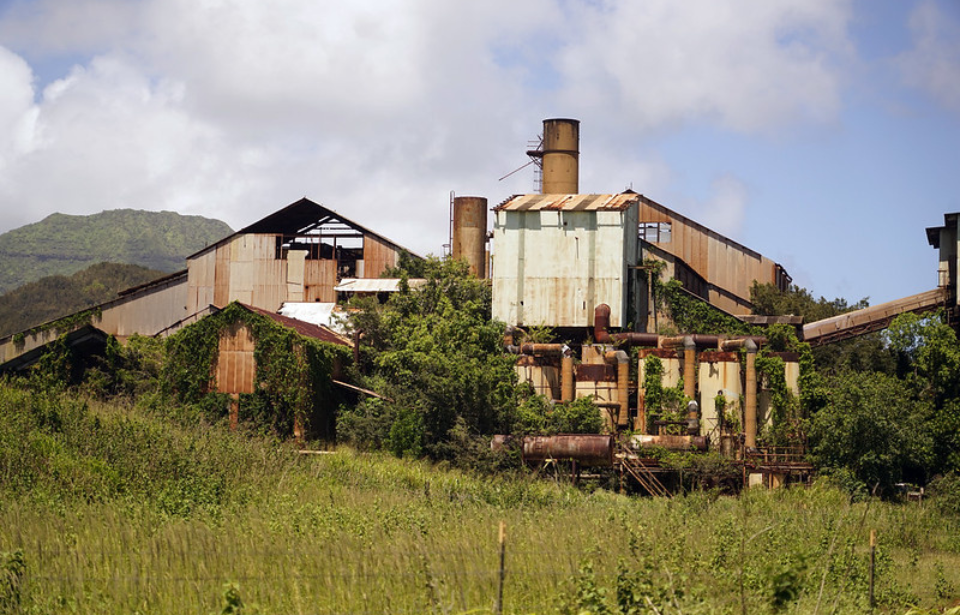The remains of the Old Sugar Mill of Kōloa are situated in the middle of a field. The structure is hidden by a dense wood near the center of the town of Kōloa, on the island of Kaua’i, which is the fourth largest in the Hawaiian Archipelago. Dating back to 1835, the location has since been designated a National Historic Landmark by the United States government.
Captain James Cook and the Hawaiian sugar industry
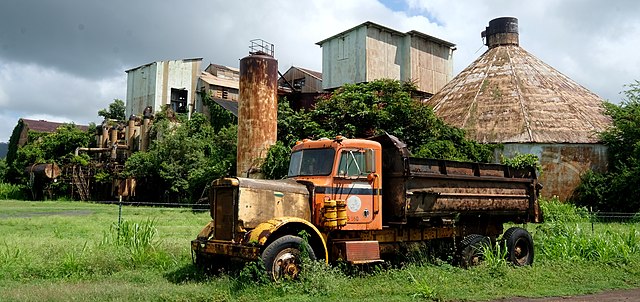
While sugarcane has been a part of Hawaiian agriculture since around 600 AD, when it was introduced by the Polynesians, it wasn’t until Captain James Cook‘s arrival in 1778 that it became big business. The first sugar mill was established in 1802 on Lāna’i, with 337,000 individuals immigrating to Hawai’i to cultivate the popular grass over the next century.
Ladd & Company
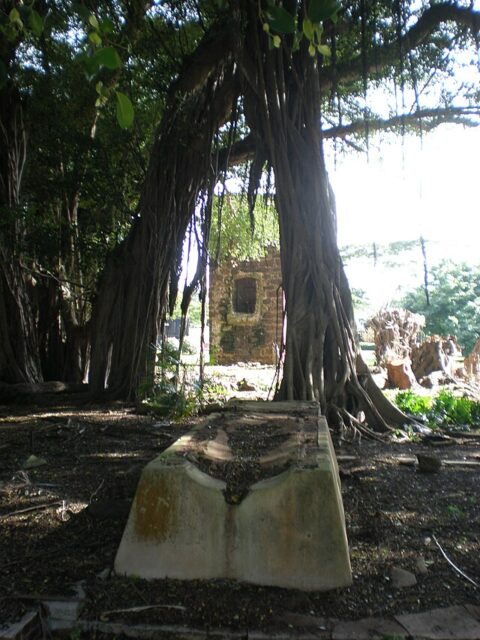
As the cultivation continued to grow in Hawai’i, the Ladd & Company established the region’s first sugar mill in 1835. Just two years prior, the three men behind the business – Peter William Ladd, Allan Brinsmade and William Hooper – had journeyed to Hono’lulu and set up a store in the city.
Establishing the original sugar mill
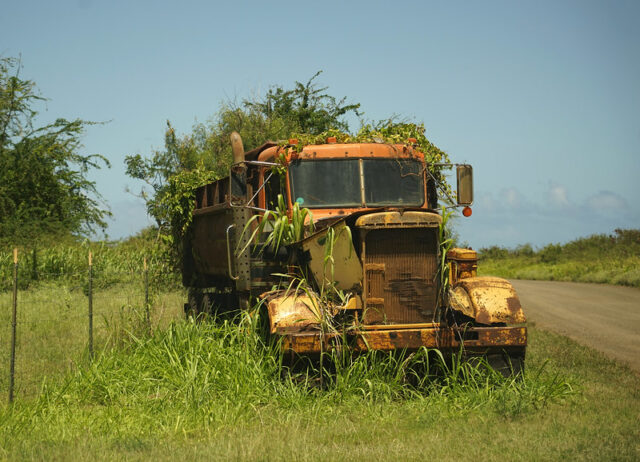
The influence of Ladd & Company on the local economy was enormous. Not satisfied with their business in Hono’lulu, they began to invest in other areas. This is what ultimately led them to establish a sugar mill, after leasing 980 acres from King Kamehameha III on the island of Kaua’i.
Perfect location to grow sugarcane
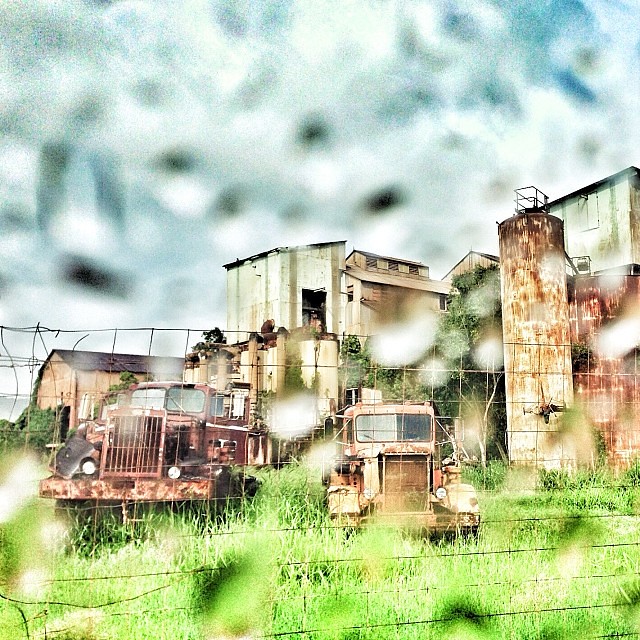
The location where the mill was situated was perfect for growing sugarcane. The Maulili Pool, with its waterfall, was ideal for powering the mill, and the soil was of a particularly high quality. As well, the site was located near an active port and the local climate was ideal for cultivation.
Technical difficulties plagued the original sugar mill
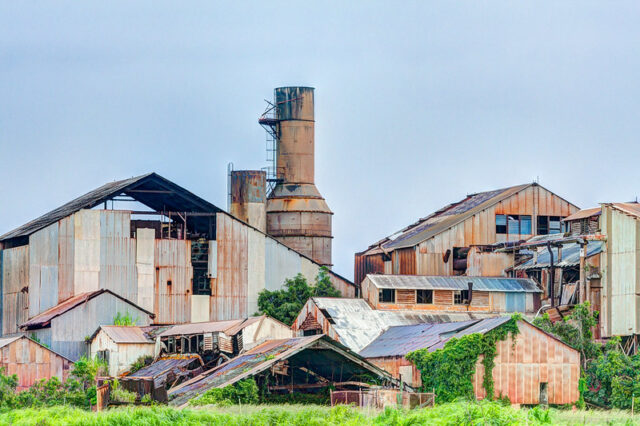
Initially, Ladd & Company planted 12 acres of sugarcane. Unfortunately, technical difficulties meant that only a small quantity of molasses was produced by the mill the following year. The wooden grinding rollers quickly broke down and were replaced by iron rollers, which immediately increased production.
In 1937, the mill produced 2,700 gallons of molasses and 4,286 pounds of sugar.
Erecting the Old Sugar Mill of Kōloa
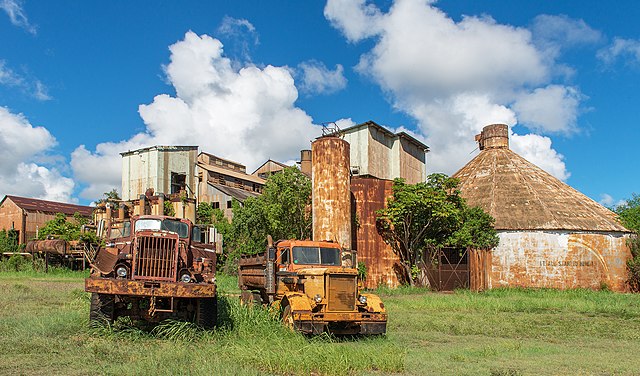
A few years later, Ladd & Company realized the original sugar mill wasn’t profitable enough and thus decided to change location. Between 1839-41, a new one, known as the Old Sugar Mill of Kōloa, was built along the Waihohonu Stream, at a cost of $16,000.
Workers go on strike
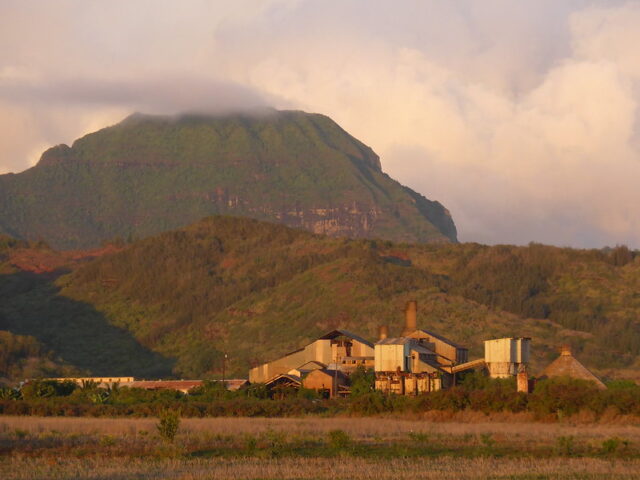
The same year the Old Sugar Mill of Kōloa was completed, its workers went on strike over demands for an increase in their daily pay. They were paid in “Kaua’i currency,” which could only be redeemed at plantation stores, and the site used a contract system that, while giving the workers an interest in the sugarcane, prevented them from finding work elsewhere.
Unfortunately, the mill’s management refused their demands, saying that, in addition to their salary, the workers were receiving fish, housing (which they paid one cent per day for) and land for taro patches.
Ladd & Company closes down
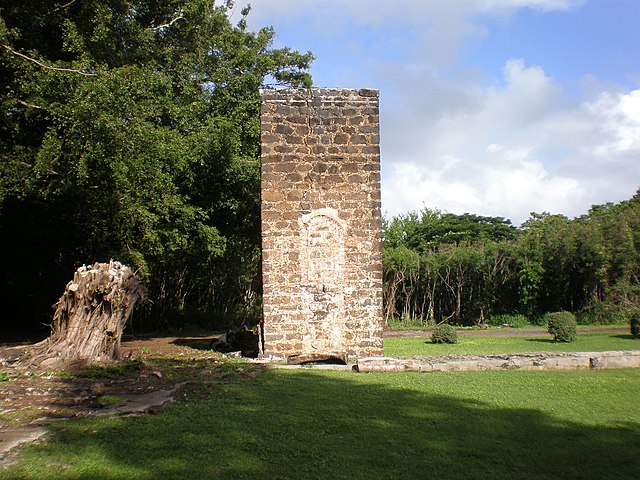
In 1844, after a failed attempt to colonize the rest of the Hawaiian Islands and increasing debt, Ladd & Company shut down. That being said, the Old Sugar Mill of Kōloa remained in operation, with the Hawaiian government taking possession and selling it to Robert Wood, who happened to be William Hooper’s brother-in-law.
Wood remained in charge until 1874, and the sugar mill continued production until 1912, when it was replaced by another located on the east edge of Kōloa.
Old Sugar Mill of Kōloa falls into disrepair
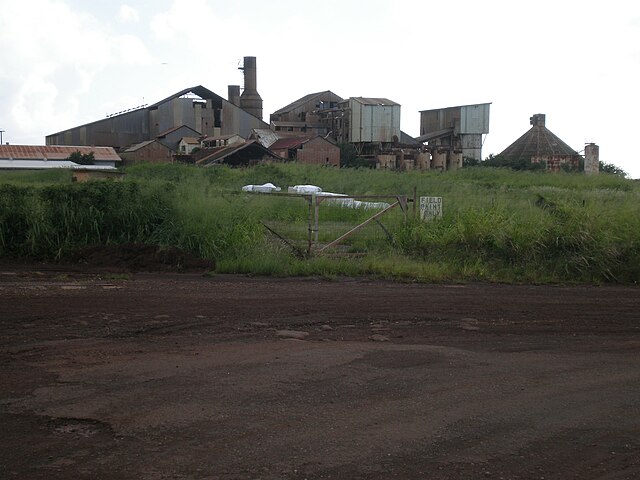
Soon after it was shuttered and abandoned, the Old Sugar Mill of Kōloa fell into disrepair. The structure collapsed, rust began to appear and nature began to reclaim the area. Despite this, the huge metal structures have remained to stand in their picturesque surroundings, and, as aforementioned, the site was designated a National Historic Landmark in 1965.
There’s a certain post-apocalyptic atmosphere that surrounds the location, which is only heightened by the presence of a few rusty, abandoned tractors and trucks.
Visiting the Old Sugar Mill of Kōloa
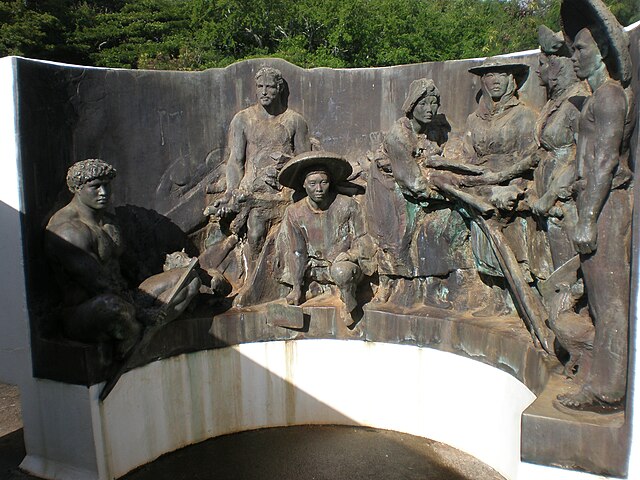
More from us: The Subterranean Remains of the Seattle Underground Offer a Tragic Glimpse Into History
Today, visitors are more than welcome to visit the Old Sugar Mill of Kōloa, where they’ll find not only the derelict remains of the original structure, but also a sculpture dedicated to those who worked on it and similar plantations in the Hawaiian Islands.
